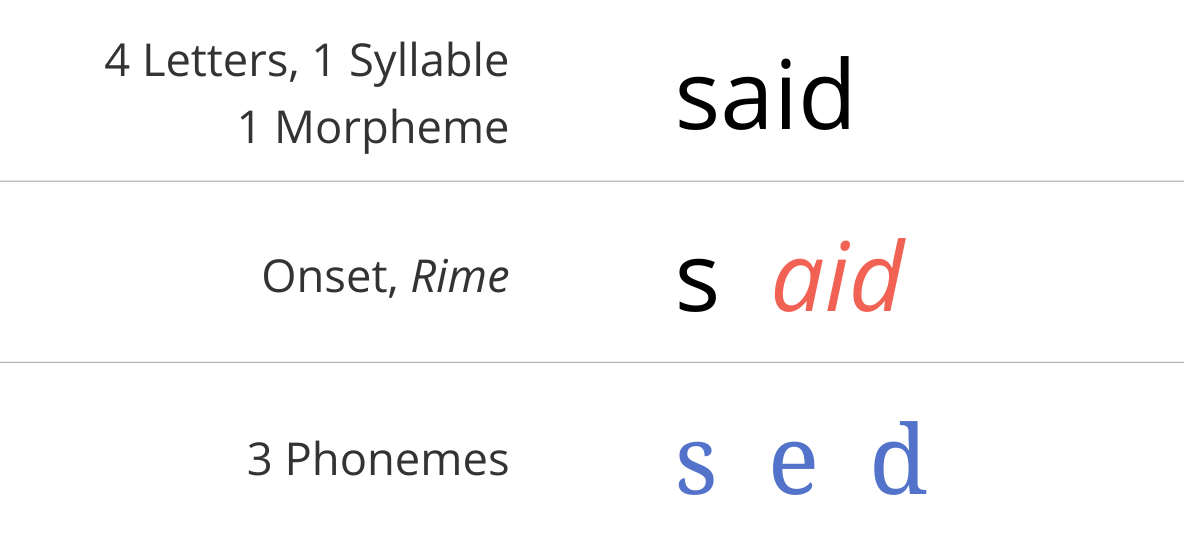For instance, only the faculty have the authority to set curricular content, as they are the only ones with the subject matter expertise. Typically, they exercise this authority through a representative body, like a faculty senate, or through a curriculum committee of faculty appointed by elected faculty representatives. Faculty also have the authority to develop programs and set requirements for graduation, because only they can judge what students need to know. Administrators, however, are not silent on these matters. They set budgetary priorities, conduct employee and program reviews, and make decisions about long-range planning. And the administrators, in turn, are usually selected by the governing board, which, while operating at a remove from day-to-day university business, makes sure that the institution remains true to its educational mission.
If all of that sounds complicated, that’s because it is. Gray areas abound, and these zones of competence often intersect in complex ways. Academic hiring, for example, draws on the expertise of faculty (because only they can judge whether a candidate is qualified), but also of administrators (who must balance the needs of many different departments all clamoring for a new hire). Nor is any one branch’s authority within its respective area of competence absolute. For instance, no faculty senate may require applicants for tenure to affirm their support for a political position or ideology. True, under the principles of shared governance, faculty bodies set the standards for tenure, but they must always do so with an eye towards enhancing academic freedom, not diminishing it.
